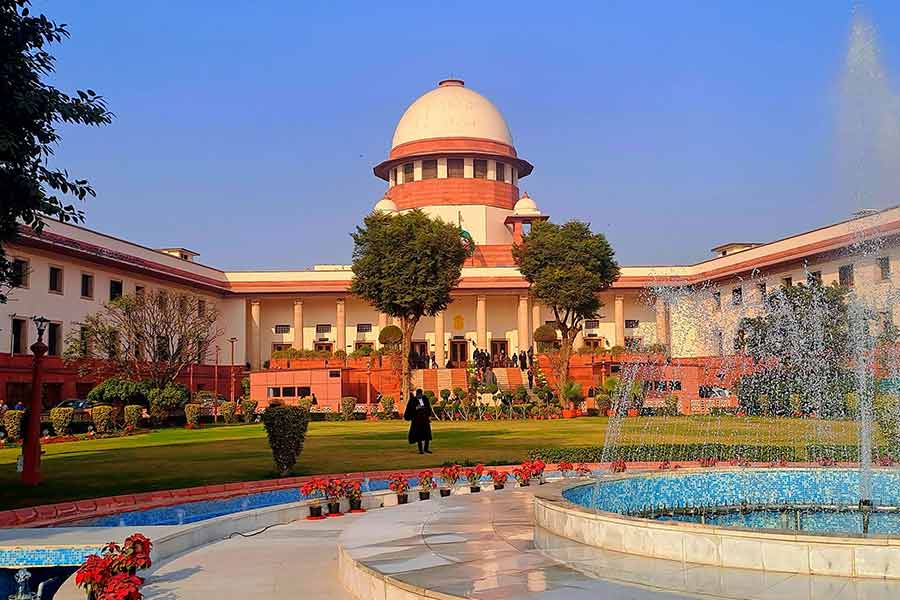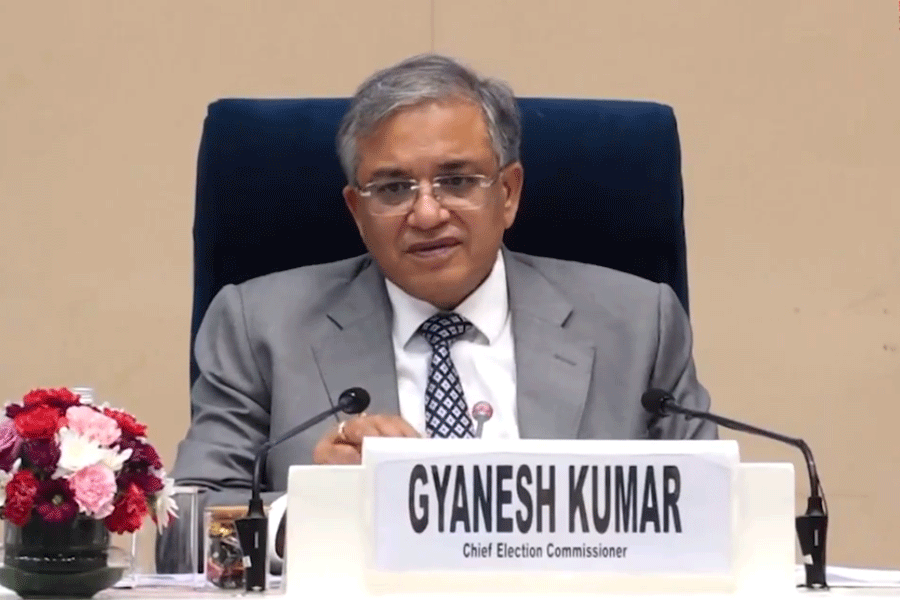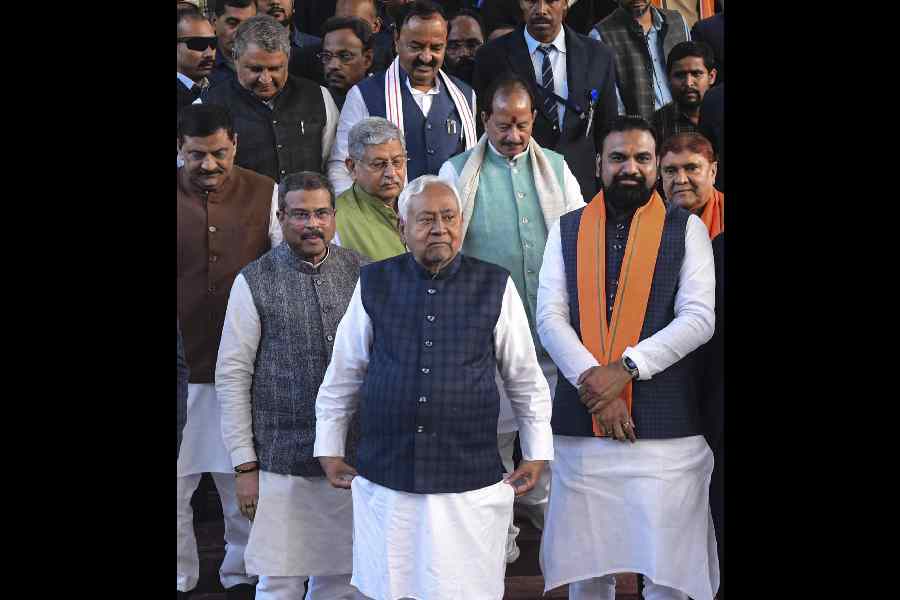The Supreme Court on Wednesday indicated that it might strike down or regulate the practice of Talaq-e-Hasan, a form of divorce among Muslims, while assailing the custom as anachronistic.
Under Talaq-e-Hasan, the word “talaq” is pronounced thrice in three instalments over three months. Though triple talaq or Talaq-e-Bidat — where a man can divorce his wife by uttering “talaq” three times in one go — was struck down as unconstitutional in 2017 by a five-judge constitution bench, there is no ban on Talaq-e-Hasan.
Moreover, only men can divorce their wives through Talaq-e-Hasan and not women.
“Should a civilised society allow the continuance of such practice in this modern day when we are in 2025?” Justice Surya Kant, heading a three-judge bench, orally observed while indicating that the court might refer the matter to a five-judge constitution bench.
The bench, which also included Justices Ujjal Bhuyan and N. Kotiswar Singh, was dealing with a PIL filed in 2022 by Benazeer Heena, a journalist challenging Talak-e-Hasan as illegal, arbitrary and unconstitutional and liable to be struck down.
In her petition filed through advocate Ashwani Kumar Dubey, Heena pleaded that Talaq-e-Hasan and other forms of unilateral extra-judicial talaq were neither harmonious with the modern principles of human rights and gender equality, nor an integral part of Islamic faith.
During the hearing on Wednesday, the bench said: “In this case, the society at large is involved. Some remedial measures have to be taken. If there are gross discriminatory practices, then the court has to interfere.”
Justice Kant asked senior counsel M.R. Shamshad, appearing for the respondent husband, how such a practice could be permitted in a civilised society.
“Is this how the dignity of a woman is upheld? Should a civilised society allow
this kind of practice?” the bench asked.
Heena’s counsel informed the court that the husband, despite being a lawyer himself, had sent an unsigned divorce notice to the petitioner through another lawyer. In such a situation, the wife can invite criticism for indulging in polyandry if she chooses to remarry, Heena’s counsel said.
It was further submitted that Heena faced embarrassment at a passport office and her child’s school while establishing her claim of being a divorcee in the absence of
a signed divorce notice by her husband.
The bench recorded an undertaking from Shamshad that the husband would be personally present at the next hearing on December 3 and also follow the prescribed procedure for divorce.
The court, while complimenting Heena for challenging Talak-E-Hasan, wondered about the fate of the “unheard voices” living in remote and far-flung areas of the country.
The bench also allowed the All India Muslim Personal Law Board to intervene in the matter along with the National Commission for Women.
In her petition, Heena had alleged that “many Islamic nations have restricted such practice, while it continues to vex the Indian society in general and Muslim women like the petitioner in particular. It is submitted that the practice also wreaks havoc on the lives of many women and their children, especially those belonging to the weaker economic sections of the society”.










